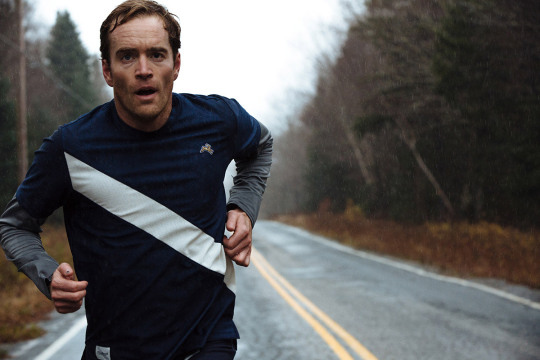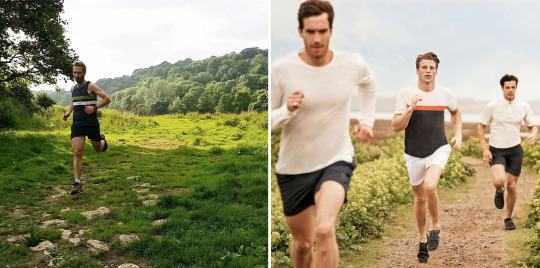
The problem with buying nice things is never the cost of the items themselves, but the costs that can come after. Anthropologists call this the Diderot Effect, which is named after 18th century French philosopher Denis Diderot, who penned the essay “Regrets on Parting with My Old Dressing Gown.”
In it, Diderot rues throwing away his old gown after receiving a beautiful scarlet one from a friend. While initially delighted with the gift, his pleasure turned sour when he realized that nothing in his home properly reflected his new garment’s elegance. His tapestries were too shabby; his chairs creaky. So, one by one, he replaced his familiar, but well-worn furnishings with things that were fancier. He replaced his straw chairs with an armchair covered in fine Moroccan leather; his old desk with an expensive writing table; and his previously beloved prints with pricier paintings.
In the end, Diderot found himself in debt and not even that comfortable in his new surroundings, as he realized his old possessions were just as good, if not better. “Why didn’t I keep my old dressing gown,” he lamented. “It molded all the folds of my body without inhibiting it; I was picturesque and handsome. The other one is stiff, and starchy, makes me look stodgy. There was no need to which its kindness didn’t loan itself, for indigence is almost always officious. If a book was covered in dust, one of its panels was there to wipe it off. If thickened ink refused to flow in my quill, it presented its flank. Traced in long black lines, one could see the services it had rendered me. These long lines announce the litterateur, the writer, the man who works. I now have the air of a rich good for nothing. No one knows who I am.”
I’m thankfully not in debt, but I think about Diderot’s warning to those with more taste than fortune when I find myself upgrading the smaller areas of my wardrobe. For the past year or so, I’ve been buying some of the more specialized and (at times) stylized running gear brands that have recently hit the market – Tracksmith, Iffley Road, Soar, Fourlaps, and Nike’s Gyakusou among them.


Running is a simple sport with little need for specialized equipment, but that doesn’t stop the barrage of new brands entering the market these days promising chicer and better functioning versions of activewear. But are they really worth the price tags?
Outside Magazine published a terrific essay last year about Tracksmith, asking the pointed question about how we should feel about a running brand inspired by Ivy League colleges and New England lifestyles. An except:
On its website, apparel company Tracksmith describes itself as a “champion for the Running Class.” Who belongs in this mysterious demographic? From the looks of Tracksmith’s fall catalog (theme: Camp Tracksmith), the Running Class is composed of slender youths who spend their days scampering through the pastoral idylls of New England, lounging in airy mansions, staring into the half-distance, and wearing a lot of maroon and navy. Flipping through the catalog’s pages (and scrolling through Tracksmith.com), one becomes wistful that one never ran cross-country at an Ivy League institution. Who would have thought that running, of all things, could make for such effective aspirational branding? […]
Unsurprisingly, the most common grievance one encounters online is that Tracksmith charges too much for its wares. The Running Class, a cynic might protest, is basically anyone who would shell out $90 for a pair of sweatpants. This sentiment is creatively echoed on a parody website that substitutes Tracksmith’s golden hare logo with a golden dachshund and with a mission statement reading, in part: “We created a luxury brand. To intimidate those who can’t afford it. To make people feel that you have to look a certain way to run. And looking a certain way costs money.”
The company has had some cringe-y moments. A product description for their shorts once read: “Inspired by training runs along the bustling banks of the Charles River, dividing the understated Brahmin sophistication of Boston from the storied academia and innovation of Cambridge, the Longfellow short is equal parts technical and tasteful.” And when pressed about their prices, their CEO said their products are designed with the “expectation that they will be worn and washed ‘hundreds and hundreds of times’ and potentially ‘handed down.’” My eyes rolled back so hard at those heavy handed appeals to WASPdom that I went blind. And now I’m unable to go running.

But what about the products themselves? In over a year of running, I’ve found most of the tops are the same. They’re almost indistinguishable from Nike’s more affordable DriFit running tees in terms of comfort and performance. That said, as someone often unimpressed with mass-market running clothes (like the Outside author), I find some of these niche brands seductive. I like the look of Tracksmith’s collegiate styled shirts, although I’m not sure if the perforated mesh jersey does much more to dissipate heat (it looks nice though). Iffley Road has simper, more anonymous striped tees that are still handsome, and they come with a zippered key pocket.
Shorts and pants aren’t that different. In fact, I found the drawstring-elastic waistband on my Iffley Road shorts to be less comfortable than my pure-elastic Nike shorts. The cuff bands at the end of my Tracksmith Bislett pants also only seemed to get in the way of actually running (I wish I bought the Sessions model instead).
That seems to be the problem with running clothes. Activewear is often best when it’s simple, but once you strip away all the needless detailing that could otherwise make casualwear appealing, you’re left with just a pair of shorts and a tee. Nylon is nylon; polyester is polyester.
The only brand I’ve been impressed by is Nike’s Gyakusou, which is designed in collaboration with Undercover’s Jun Takahashi (a runner himself). But the brand is admittedly fashion forward and potentially not to everyone’s taste. I’ve also found that some of the jersey-knitted panels used in previous seasons’ designs were a bit delicate. And as the line has gone into its nth year, each new season’s collection seems to be getting smaller and smaller, as Takahashi has either disconnected from the project or run out of ideas on how to improve activewear.
Like Diderot’s gown, your best running clothes are probably already in your closet. If you’re looking to buy something new, however, I recommend starting with Nike. It’s hard to beat their experience and returns to scale, which can give you a much better product for a lot less money. That said, some of these niche brands are a bit better looking in certain regards – or, at least, less generic. But $50 is a lot to pay for a stripe or an extra zipper if you’re going to look like a sweaty mess at the end of a run anyway.
